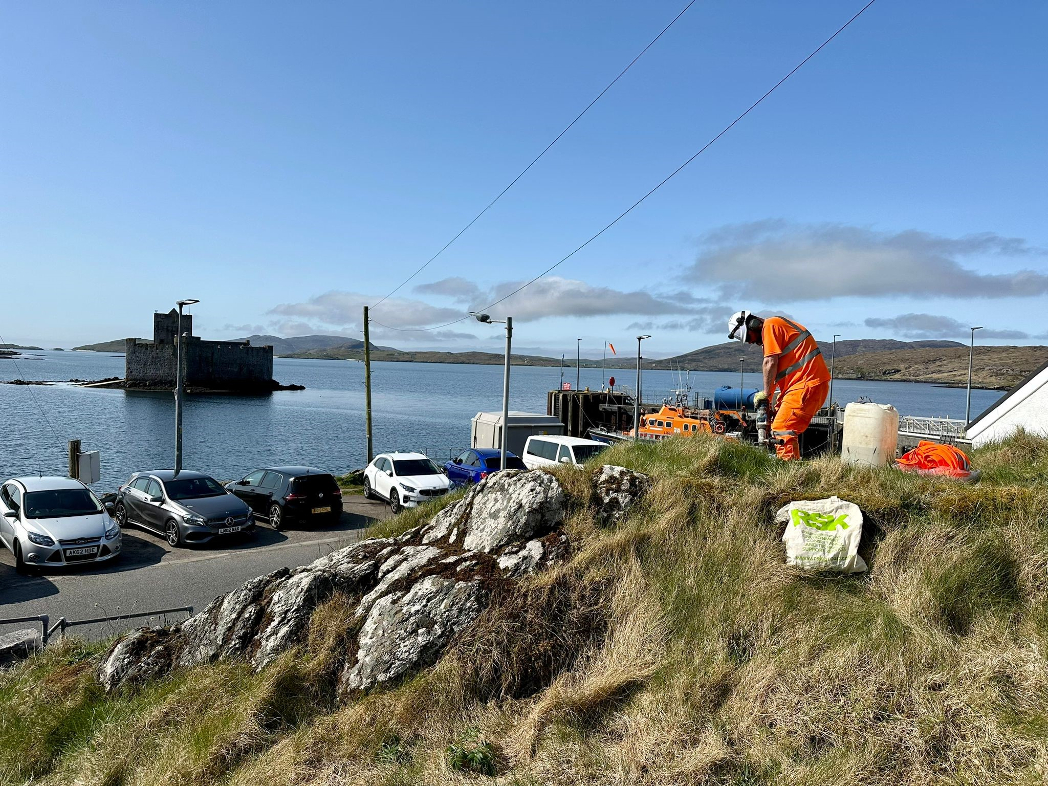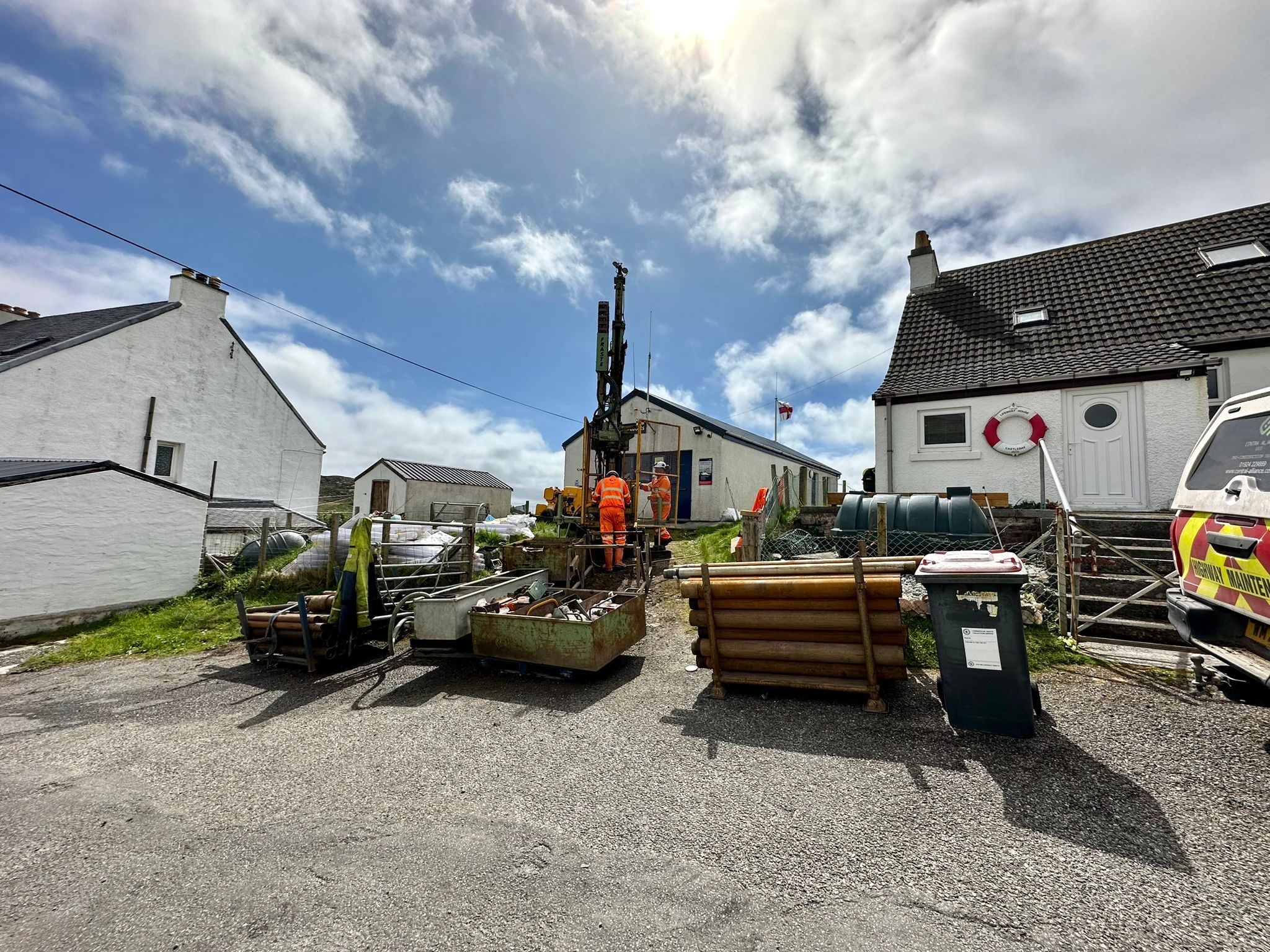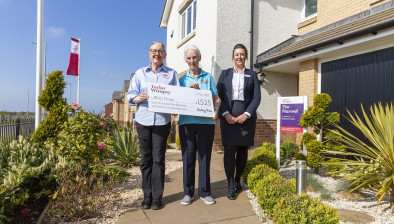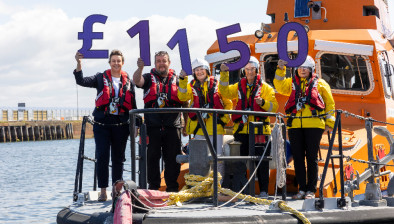RSK helps RNLI demolish and rebuild remote station

RSK Group companies Central Alliance, RSK Geosciences (including its geophysics team) and Structural Soils teamed up to deliver expert advice and skills ahead of a major upgrade of the Royal National Lifeboat Institution (RNLI) station on the Isle of Barra.
The existing RNLI station at Castlebay was established in 1931 and is home to both inflatable D-class lifeboats and the 17.3m long Severn class lifeboat; however, it was felt that the station was in need of an upgrade. The RNLI commissioned Royal HaskoningDHV, an engineering consultancy with over 140 years of expertise, as the project manager and lead designer for the new lifeboat station on Barra.
Royal HaskoningDHV designed the technical specifications for the geotechnical investigations, which were carried out by RSK Group companies. The two-part ground investigation comprised a geophysical survey of the site and the drilling of exploratory holes. This is part of the preparatory work following a planning application to the council to pave the way for a complete demolition and rebuild of the station.

Project manager Benjamin Swallow for Central Alliance, who led the multidisciplinary team, said: “The Castlebay RNLI station does amazing work, with volunteers regularly going into extremely difficult sea conditions over the last 75 years. The site, however, is located away from the water, and it lacks the modern facilities to allow these brave people to work to their best. Our investigation provided ground data that will inform the design of new structures, the ideal methods of completing excavations within the slope and near-surface bedrock and the viability of installing a water source heat pump for the construction of a new station.”
The specialist geophysics team from RSK Geosciences led a first-phase investigation using ground-penetrating radar to determine the depth to bedrock. This was followed by members of Central Alliance drilling boreholes and hand-digging inspection pits to confirm the findings, which was overseen by an experienced geologist from RSK Geosciences. The ground conditions were then accurately logged and photographed. Structural Soils provided the test kit and technician to perform packer testing to determine ground permeability.
Because of the remote nature of the location and the lack of historical data, special considerations had to be made.

Benjamin said: “We worked with the RNLI team, which provided local contacts on the island to support with our operations, namely forklift operators and hydraulic repair contractors. We prepared a robust kit list and mobilised a comprehensive suite of drill tooling to manage any breakdown of plant and unforeseen ground conditions.
“The Outer Hebrides are primarily formed of very hard metamorphosed igneous rocks over 3000 million years old, but as there are no records of a previous investigation being performed on the island, we had to be prepared for a variety of conditions.”
RNLI spokesperson Stuart Hannell said: “With the ground investigation complete, we are content that our consultants can proceed with the detailed design of the new lifeboat station with confidence in the ground conditions that will be encountered during construction. The new lifeboat station will enable us to provide our crew with greatly improved welfare, administration and workshop facilities aligned with modern RNLI standards.
“The building will allow all training to be carried out within the confines of the station and the built-in accommodation will provide a long-term cost saving while mitigating the busy tourist season in the islands. Improved visitor spaces will help us to engage with both the local community and visitors and provide vital education on water safety in the region.”














